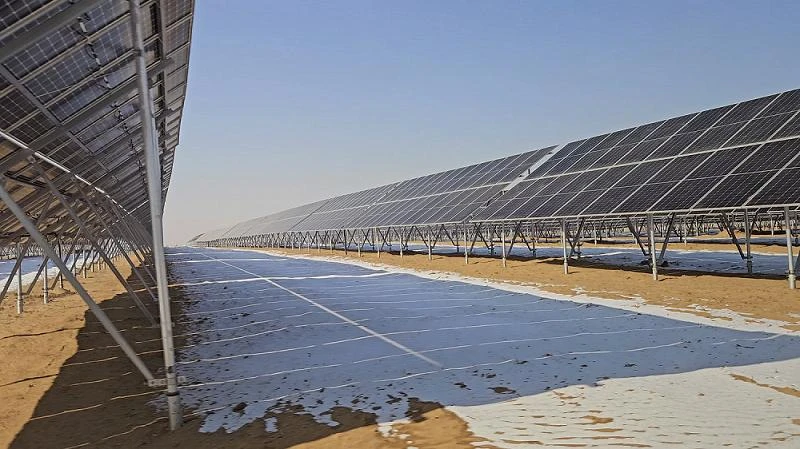two sided solar panels
The Benefits and Future of Two-Sided Solar Panels
In the quest for renewable energy sources, solar power has emerged as one of the most promising alternatives to fossil fuels. Among the various innovations in solar technology, two-sided solar panels—also known as bifacial solar panels—are gaining significant attention. These panels offer unique advantages over traditional, one-sided solar panels, making them an attractive option for both residential and commercial applications.
Understanding Two-Sided Solar Panels
Two-sided solar panels are designed to capture sunlight from both the front and back sides of the panel. This capability allows them to harness additional sunlight that reflects off surfaces such as rooftops, sand, or snow. Unlike conventional panels, which rely solely on direct sunlight, bifacial panels can produce energy even in less-than-ideal conditions. As a result, they can significantly increase overall energy output, often by 10-30% more than their monofacial counterparts, depending on installation conditions and the albedo (reflectivity) of the surrounding area.
Efficiency and Energy Output
The efficiency of two-sided solar panels is a game changer in solar energy production. With their dual exposure, these panels can generate more electricity throughout the day. This increased efficiency is particularly beneficial in large-scale utility projects where maximizing output is crucial for profitability. For homeowners, this means potentially lower electricity bills and a quicker return on investment. The enhanced performance is also beneficial in regions with high solar reflectivity, such as deserts or snowy areas, where the ground reflects significant amounts of sunlight.
Environmental Impact and Sustainability
Adopting two-sided solar panels can also lead to greater sustainability in energy production. By producing more electricity from the same footprint, bifacial panels reduce the need for additional land to host solar farms, which is especially important in densely populated areas. This efficient use of space aligns with global efforts to minimize environmental impact while meeting energy demands. Furthermore, as photovoltaic technology continues to evolve, the manufacturing processes for these panels are improving, allowing for more environmentally friendly production methods.
two sided solar panels

Installation and Versatility
The installation of two-sided solar panels is versatile and can be adapted to a variety of settings. They can be mounted on rooftops, placed on the ground, or integrated into building designs in innovative ways. Their ability to capture reflected sunlight makes them suitable for a range of environments and applications, from rural solar farms to urban rooftops. Additionally, their aesthetic appeal and minimalist design mean they can blend into many architectural styles without compromising visual integrity.
Challenges and Considerations
Despite their advantages, two-sided solar panels are not without challenges. The initial cost of bifacial panels can be higher than traditional panels, making upfront investment a consideration for many consumers. Furthermore, proper installation and site evaluation are critical to maximizing their potential. If not correctly oriented or located in areas with low albedo, their benefits may diminish. As technology continues to advance, these challenges are expected to be addressed, leading to broader adoption and cost reductions.
Future Outlook
The future of two-sided solar panels looks promising as incentives for renewable energy continue to grow and technology evolves. As more research is conducted and production costs decrease, bifacial panels are likely to become more accessible to a wider audience. Government policies promoting renewables and increasing consumer awareness about energy efficiency further bolster the market for these innovative solar solutions.
In conclusion, two-sided solar panels present a compelling alternative in the solar energy landscape. Their ability to harvest sunlight from multiple angles, combined with their environmental benefits and adaptability, positions them as a vital part of the future of solar energy. As we move towards a more sustainable and energy-efficient world, bifacial panels will play a crucial role in harnessing the power of the sun to meet our growing energy needs.
-
String Solar Inverter: The High-Efficiency Solution for Smart Solar EnergyNewsJul.14,2025
-
Revolutionizing Rooftop Energy with the Power of the Micro Solar InverterNewsJul.14,2025
-
Power Independence with Smart Off Grid Solar Inverter SolutionsNewsJul.14,2025
-
On Grid Solar Inverter: Powering the Future with Smart Grid IntegrationNewsJul.14,2025
-
Monocrystalline Solar Panels: High-Efficiency Power for the Future of Clean EnergyNewsJul.14,2025
-
Bifacial Solar Panel: A Smarter Investment for Next-Generation Energy SystemsNewsJul.14,2025







